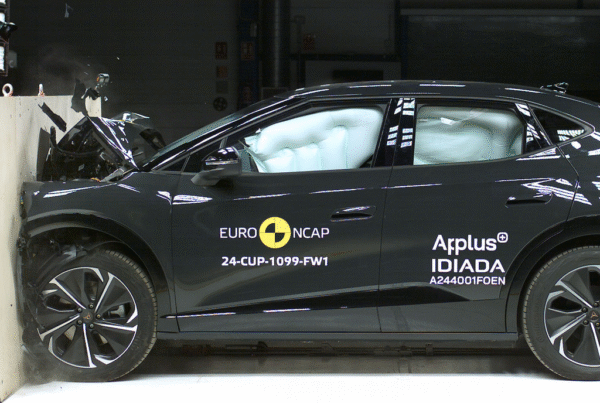Indonesia is taking big steps to make cars and transport cleaner for the environment. The government’s new “green mobility” policy is set to help the automotive industry grow while also protecting the planet.
Industry Minister Agus Gumiwang Kartasasmita said the plan is all about supporting cleaner, smarter vehicles.
“We will support the development of automotive technology and are committed to facilitating its policies through the concept of green mobility,” he said.
Indonesia’s goal is to use energy more wisely, reduce pollution, and help people get around more easily.
“As long as the investment in the automotive industry produces more environmentally friendly automotive products, is efficient in energy use, and supports community mobility, we will support them through the green mobility policy,” Kartasasmita added.
Helping Car Makers Go Green
To make green mobility a success, the government is offering special support and tax breaks. There are incentives for electric vehicles, hybrid cars, and cars that run on biofuel. Low-cost green cars (LCGC) are also part of the plan. The government is even looking into hydrogen fuel cell vehicles as another clean option.
At the same time, Indonesia wants to build its own electric vehicle battery industry by using local natural resources. This will make it easier for car companies to get the parts they need while helping the local economy grow.
“We will also continue to protect existing automotive investments in Indonesia,” Kartasasmita said.
This means the government will help both new and current car companies as long as they focus on producing cleaner vehicles.
Big Opportunities for Local Growth
Minister Kartasasmita said there’s a lot of room for growth in Indonesia’s car market. Right now, Indonesia has fewer cars per person compared to other countries. In 2024, Indonesia had only 99 cars per 1,000 people, even though the country’s population reached 281 million.
In comparison, Malaysia, with just 35 million people, had 490 cars per 1,000. Thailand had 275 cars per 1,000 people, and Singapore had 211. South Korea had 530, while Japan had the most, with 670 cars per 1,000 people.
A Cleaner Future
The green mobility plan is also part of Indonesia’s goal to reach net-zero emissions in the manufacturing sector by 2050. This means producing less pollution overall and protecting the environment.
“The green mobility policy will prove more adaptive and sustainable for the national automotive industry,” Kartasasmita said.
“It will also allow efficient energy use, support population mobility, and protect automotive investment in Indonesia.”
Did you find this article interesting? Click the ‘heart’ button above to give it a ‘like’!


















